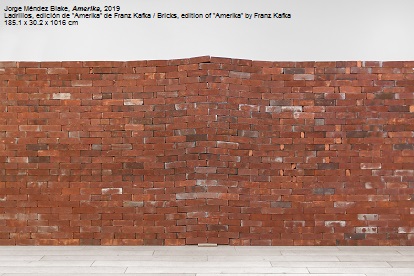Visibility Strategies: On the Imprudence of the Art on Walls
DOI:
https://doi.org/10.13130/2035-7680/15553Parole chiave:
Walls; Art; Graffiti; Aesthetics; RevoltAbstract
This paper examines the common imagery of the inscriptions found on the
walls of some Latin American and European cities. We aim to understand the graffiti and
other mural artistic manifestations as an insurgence of the words. In order to reflect
critically on these manifestations, we examine how the visual language of graffiti relates
to visual art and literature. To this end, we follow Aby Warburg's Atlas Mnemosyne
method to address narrative representations as contemporary generational trends.
With the help of the theoretical approach of Walter Benjamin's studies of art and politics,
we intend to reflect on the aestheticization of revolt through the appropriation of public
spaces. The central point of the paper is to think about walls as places for experimenting
with marginal forms of co-creation that question the strategies of visibility of the urban
semiological regime. As a conclusion, we interrogate the aesthetics of the revolt using
the notions of territory and contemporary culture. The walls have not only become a
space for political struggle, but also supports for creative urban practices where art
meets the everyday life.
Metriche
Dowloads
Pubblicato
Come citare
Fascicolo
Sezione
Licenza

Questo articolo è soggetto a licenza Creative Commons Attribution-NonCommercial-NoDerivatives 3.0 International License.




